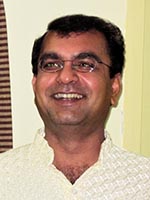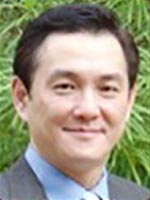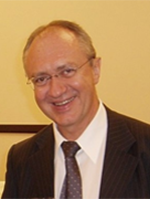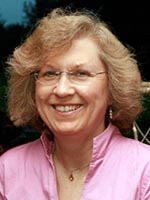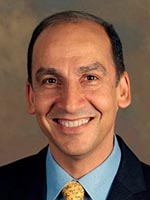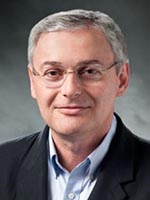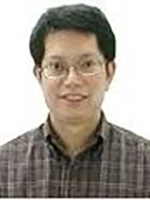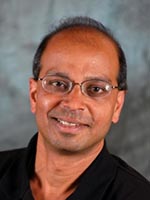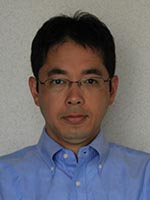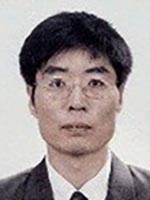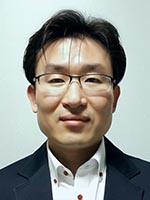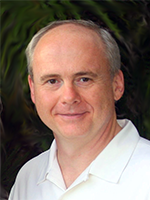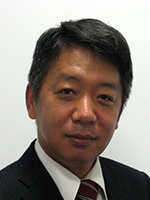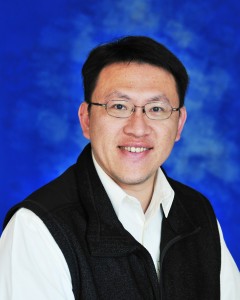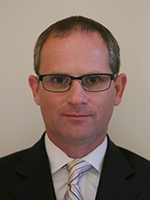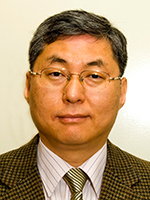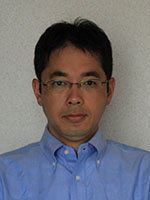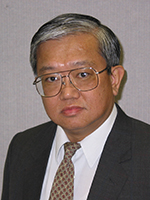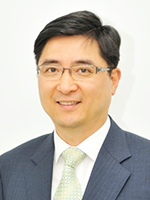
Marie-Noëlle Semeria became CEO of CEA-Leti in October 2014, succeeding Laurent Malier.
She was also named president of the Carnot Institutes Network, an association of more than
30 French research centers and laboratories.
During her previous 18 years at CEA, she held various senior-management and strategydevelopment
positions, and helped secure numerous patents. She served as Leti’s deputy
director from 2007-2011. Most recently, she was chief scientist at CEA Tech, the CEA
research unit that includes Leti, Liten and List. In that position, she was in charge of
developing and implementing the unit’s scientific and technological goals, coordinating with
industrial partners and establishing strategic partnerships with academic labs.
As Leti’s Chief Executive Officer, she directs the activities of one of Europe’s largest microand
nanotechnologies research institutes, which employs more than 1,700 people and has a
portfolio of more than 2,200 patents.
She joined Leti in 1996 as project manager, and also served as head of the institute’s
Thermal Treatment Lab from 1996-1999. From 2003-2007, she was the microelectronics
program manager. While serving as deputy director, she took on the additional responsibility
of defining the institute’s strategy, working closely with the Carnot Institutes Network.
She began her career at Sagem, the high-tech unit of the SAFRAN Group. At Sagem, she
served as project engineer and was promoted to manufacturing chief engineer, focusing on
magnetic memory technologies. Semeria left Sagem after seven years to join the French
start-up PixTech as chief architect, working on emissive flat-screen technology. After three
years at PixTech, she joined Leti in 1996.
In 2011, she was awarded the Legion of Honor, and in 2015 the French Order of Merit,
France’s highest professional accolades.
Marie-Noëlle Semeria is a member of the French and European Physics Societies. She has
also served as a member of the National Committee of the French National Center for
Scientific Research (CNRS) and the Superior Council of Research and Technology. She is
currently a member of the Executive Committees of ANR (the French National Research
Agency) and CNRS, and the Coordinating Committee of the Allistene alliance, the science
and digital technology alliance.
She received a doctorate of science in solid-state physics from Joseph Fourier University in
Grenoble.







